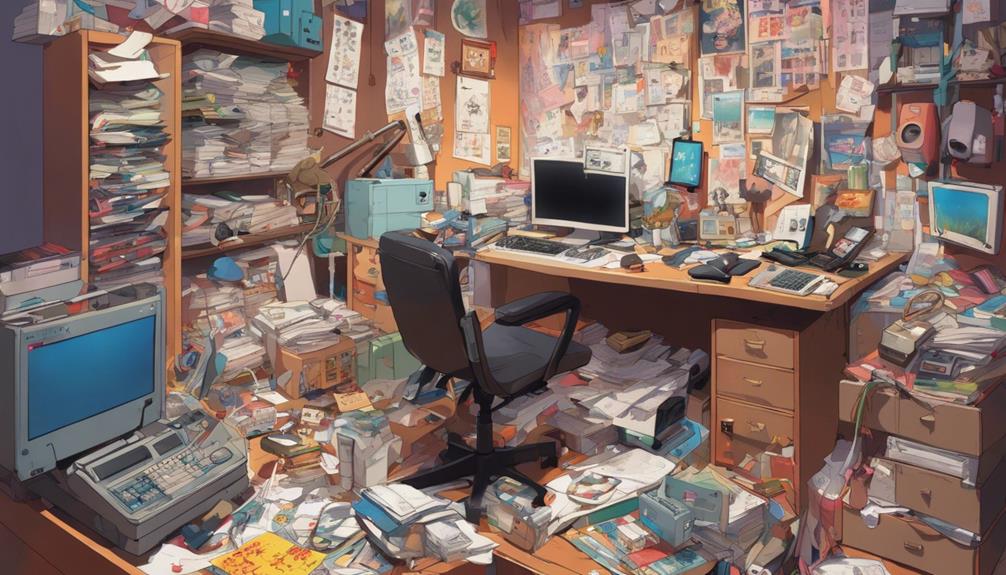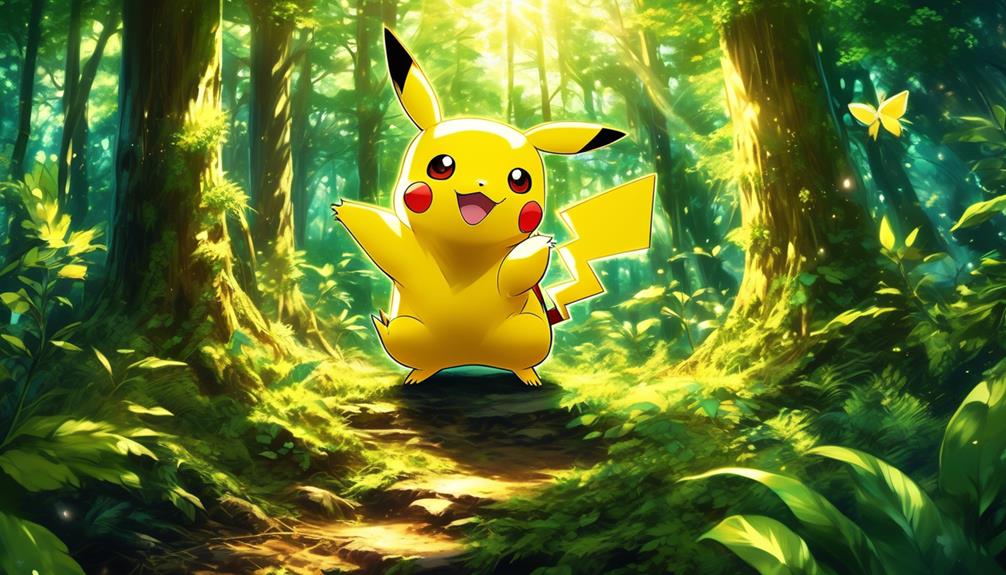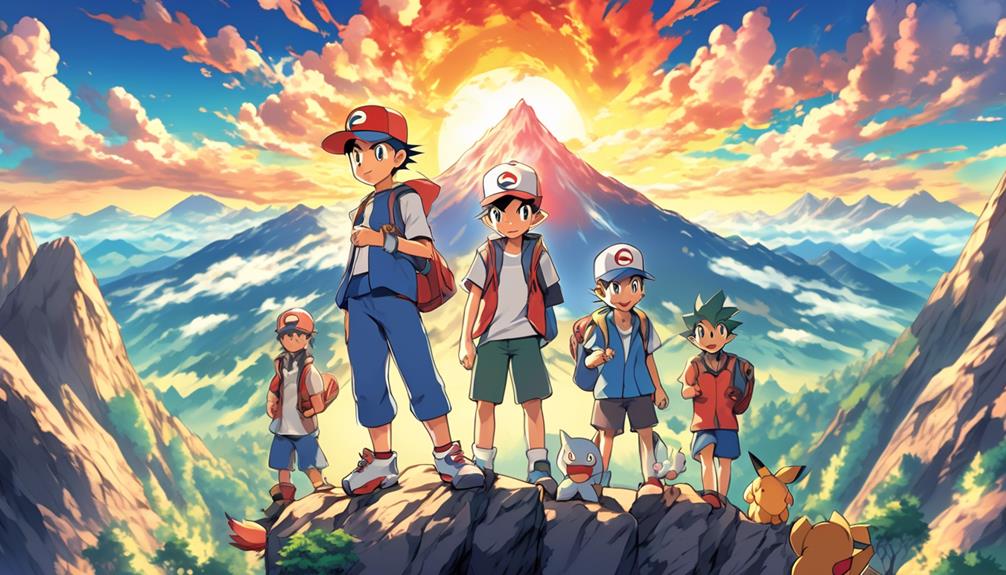You're curious about the mastermind behind the beloved Pokémon franchise. Meet Satoshi Tajiri, a Japanese video game designer and insect enthusiast, who created Pokémon. Growing up in Tokyo, Tajiri's childhood hobby of insect collecting inspired the concept of Pokémon. He collaborated with illustrator Ken Sugimori to develop the franchise, releasing Pokémon Red and Green in Japan in 1996. The rest is history, with the franchise evolving into a global phenomenon. As you explore the world of Pokémon, you'll uncover more about Tajiri's vision and the incredible impact of this cultural icon.
Early Life of Satoshi Tajiri
Born on August 28, 1965, in Setagaya, Tokyo, Satoshi Tajiri grew up in Machida, a Tokyo suburb with a rural atmosphere that fueled his interest in nature. As you explore the early life of the Pokémon creator, you'll discover a childhood hobby that would shape his future.
Tajiri's fascination with insects earned him the nickname 'Dr. Bug' among his friends. His passion for studying insects was so strong that he dreamed of becoming an entomologist. This childhood hobby would eventually inspire the concept of collecting and training creatures in Pokémon.
Before founding Game Freak, the company behind Pokémon, Tajiri's love for nature and insects laid the groundwork for his future success. You might wonder, what sparked the idea of connecting Game Boys, allowing players to trade Pokémon? It all began with Tajiri's upbringing in Machida, where his curiosity about the natural world took root.
Origins of Pokémon Concept
As you explore the origins of the Pokémon concept, you'll discover that conceptual brainstorming sessions played an important role in shaping the franchise.
These sessions laid the groundwork for the development of early Pokémon designs, which would eventually become the beloved creatures we're familiar with today.
You'll be surprised by how these initial ideas evolved into the iconic Pokémon we've grown to appreciate.
Conceptual Brainstorming Sessions
During intense conceptual brainstorming sessions in the early 1990s, Satoshi Tajiri's childhood passion for insect collecting sparked the idea for a game that would eventually evolve into the beloved Pokémon franchise.
You're about to immerse yourself in the creative process that brought this iconic concept to life.
Tajiri, fueled by his childhood love for insect collecting, envisioned a game where players could capture and train creatures with unique abilities. He collaborated with Ken Sugimori, a talented illustrator, to design the world of Pokémon.
These brainstorming sessions were pivotal in shaping the franchise's core concept. Tajiri and Sugimori's dynamic duo brought forth innovative ideas, including the concept of capturing and training creatures for battles.
These sessions laid the foundation for the Pokémon universe, where trainers undertake thrilling adventures with their trusty Pokémon companions.
As you explore the origins of Pokémon, you'll discover how these conceptual brainstorming sessions paved the way for a global phenomenon that continues to captivate audiences worldwide.
Early Pokémon Designs
Satoshi Tajiri's insect-filled childhood adventures not only sparked the idea for Pokémon but also heavily influenced the game's early designs, which were characterized by a fascinating blend of realism and fantasy.
As you explore the world of Pokémon, you'll notice that the concept of capturing and collecting creatures was directly inspired by Tajiri's bug-catching adventures. The diversity of insects in real life inspired the variety of Pokémon species, with each species having its unique characteristics and traits.
The thrill of discovery in insect collecting was incorporated into the mechanics of capturing Pokémon, making the gameplay experience even more engaging. Additionally, the vibrant and expressive nature of anime characters influenced the design and diversity of early Pokémon.
At Game Freak, Tajiri's vision was brought to life, and the early designs laid the foundation for the beloved franchise we're familiar with today.
Development of Pokémon Games
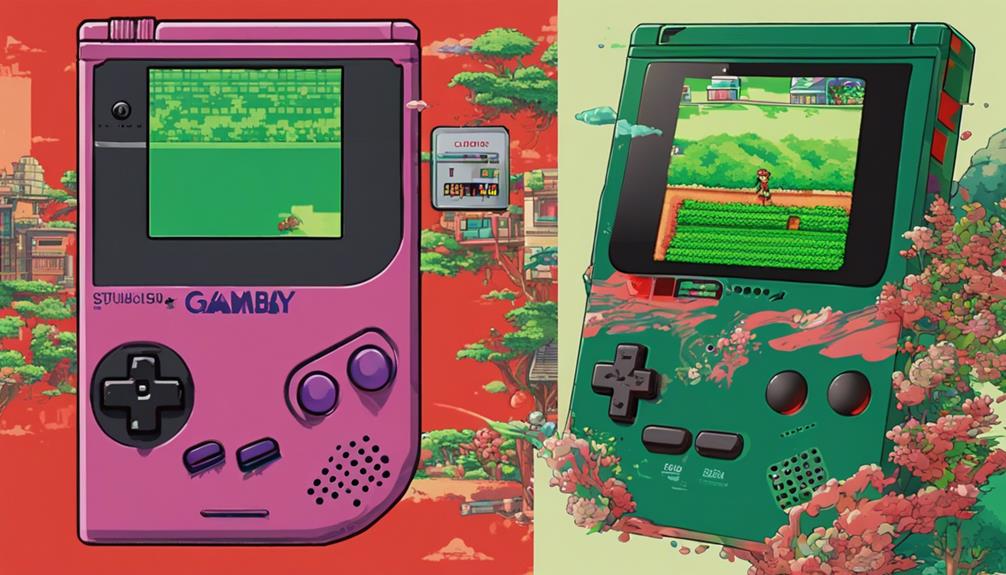
You've probably wondered how the Pokémon games came to be, and it all started with the founding of Game Freak by Satoshi Tajiri and Ken Sugimori, the masterminds behind the development of the Pokémon games.
In 1996, they released Pokémon Red and Green in Japan, which allowed players to trade Pokémon using a Link Cable. The games' success led to the global release of Pokémon Red and Blue, marking the beginning of a global phenomenon.
As the games' popularity soared, the Pokémon Trading Card Game was created, with over 30 billion cards printed and tournaments held worldwide. The video game development process at Game Freak was instrumental in shaping the franchise's identity.
Satoshi Tajiri's vision of a Pokémon-filled world, combined with Ken Sugimori's artistic talent, brought the concept to life. The rest, as they say, is history. The Pokémon games have since become a cultural phenomenon, with seven more generations introduced over the years.
Rise of Pokémon Popularity
How did Pokémon's humble beginnings in Japan evolve into a global phenomenon that captivated millions of people worldwide?
You might be surprised to learn that it all started with the release of Pokémon Red and Green in Japan in 1996. The games, developed by Game Freak and created by Satoshi Tajiri, sparked a fire that would soon spread globally.
The franchise's popularity surged, and by 1997, an animated TV series was produced, further fueling the craze. The introduction of Pokémon trading cards in 1996 added to the frenzy, with tournaments and a world championship drawing in fans.
The first Pokémon movie, 'Mewtwo Strikes Back,' debuted in 1998, solidifying Pokémon's status as a cultural phenomenon. Fast-forward to 2016, when Pokémon GO revolutionized gaming with its innovative use of augmented reality, allowing players to explore the real world through their screens.
The game's massive success marked a new era for the franchise, cementing its place in gaming history. As you look back on Pokémon's journey, it's clear that its impact was anything but humble.
Impact of Pokémon Franchise
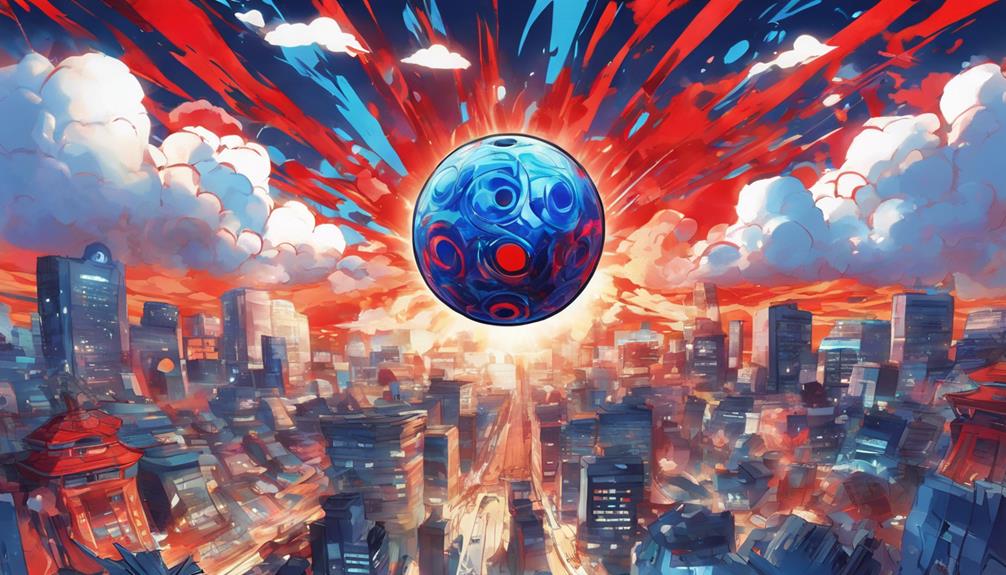
As you explore the impact of the Pokémon franchise, you'll discover how it has become a global phenomenon, spawned a lucrative merchandise and licensing industry, and attained cultural icon status.
The franchise's influence can be seen in its ability to transcend borders, age groups, and mediums, cementing its place in popular culture.
From toys and trading cards to movies and video games, you'll see how Pokémon has left an indelible mark on modern entertainment.
Global Phenomenon Born
Since its inception in 1996, the Pokémon franchise has evolved into a global phenomenon, engaging audiences of all ages with its multifaceted presence in various media forms.
You've likely caught the Pokémon fever, just like millions of others worldwide. The franchise's impact on popular culture is immense, with a dedicated fan base and widespread recognition.
You might've started with the iconic video games, created by Satoshi Tajiri and developed by Game Freak, where the motto 'Catch 'Em' became a rallying cry. Then, you might've moved on to the animated TV series, which first aired in 1997, or the movies, with the latest installment, 'Pokémon the Movie: Secrets of the Jungle,' continuing to captivate audiences worldwide.
The franchise's reach is undeniable, spanning video games, trading card games, manga, movies, and more. As a fan, you're part of a global community that shares your passion for the beloved franchise.
Merchandise and Licensing
Beyond the screens and pages, the Pokémon franchise has spawned a vast empire of merchandise, with products ranging from trading cards to plush toys, clothing, and accessories that have become an integral part of its global appeal.
You've likely encountered Pokémon merchandise at some point, and that's no surprise, given the franchise's massive merchandise sales, which have exceeded $90 billion worldwide since its inception. The franchise's licensing agreements have led to collaborations with brands like McDonald's, Adidas, and Build-A-Bear Workshop, further expanding its reach.
The Pokémon Trading Card Game is one of the most successful TCGs globally, with over 30 billion cards printed. Pokémon's licensing and merchandise strategy has contributed significantly to its status as a cultural phenomenon.
Cultural Icon Status
Pokémon's status as a cultural icon is undeniable, with its influence permeating every aspect of modern entertainment, from fashion and music to film and television. As you explore the world of Pokémon, you'll realize that its impact is far-reaching, transcending age groups and geographical boundaries.
Satoshi Tajiri's creation has become a cultural phenomenon, with Pikachu, the beloved Pokémon character, becoming a recognizable symbol of the franchise. The franchise's influence extends to popular culture, with references in music, fashion, and entertainment. You'll find Pokémon-inspired merchandise, from clothing to accessories, that showcase the franchise's widespread appeal.
With billions of dollars in revenue, Pokémon has cemented its status as a cultural icon, continuing to attract fans of all ages worldwide. Game Freak's creation has become an integral part of modern pop culture, with its influence felt across the globe. As you discover the world of Pokémon, you'll understand why it has earned its place as a cultural icon, inspiring a sense of belonging among fans worldwide.
Legacy of Satoshi Tajiri
Satoshi Tajiri's creative vision has spawned a global phenomenon, with the Pokémon franchise growing exponentially since its inception to encompass a vast array of media, including games, trading cards, anime, movies, and merchandise.
As the founder of Game Freak, Tajiri's childhood hobby of collecting insects directly influenced the concept of capturing and collecting Pokémon creatures. This innovative idea has led to the establishment of the Pokémon Company, which manages the franchise's vast media empire.
Tajiri's love for anime also played a significant role in shaping the design and storytelling of the Pokémon universe. Today, you're part of a global community that's captivated by the magical world of Pokémon. You've likely collected Pokémon cards, watched the anime, or played the games, and that's all thanks to Tajiri's creative vision.
His legacy is a testament to the power of imagination and innovation, inspiring generations to come.
Frequently Asked Questions
Who Is the Real Creator of Pokémon?
You're curious about the mastermind behind Pokémon. It's Satoshi Tajiri, whose childhood fascination with insect collecting and artistic vision evolved into a concept, influenced by his experiences, shaping the creative process and design philosophy behind the beloved franchise.
Who First Invented Pokémon?
You explore the roots of a gaming revolution as you investigate the conceptual beginnings of Pokémon, sparked by Satoshi Tajiri's childhood fascination with insect collecting, an early inspiration that blossomed into an original concept.
Who Owns Pokémon?
As you explore the Pokémon franchise, you'll find that Nintendo holds the majority stake, with Game Freak and Creatures Inc. sharing ownership, ensuring brand management through a complex company structure, intellectual property agreements, and revenue streams from licensing.
Where Did Pokémon Come From?
"Blood is thicker than water," but your curiosity about Pokémon's origins is thicker than most! You're drawn to the cultural inspirations, historical roots, and mythical origins, influenced by folklore, ancient legends, and fantasy worlds that shape this beloved franchise.
